Marinas for luxury yachts: What makes a marina ‘ideal’?
By Rupert Connor*
Luxury yachts have increased in length and opulence. The differentiation between the mega/superyacht (larger than 100 feet and as large as 400 feet in length) and the pleasure yachter (under 80 feet) has become more distinctive. The marina requirements – both in physical demands and atmosphere (read ambiance) for each category are also distinctly different.
The largest motor and sailing yachts are self-contained. Features that hold appeal for the pleasure yachter/sailor are completely unnecessary for the grand vessels. While underway, the service on board a super yacht is white glove; the accommodations are five-star; and, the menu is prepared by classically trained chefs. Mega and superyachts will not be selecting a marina based on the availability of laundry facilities, showers, Wi-Fi, or ice. Or free water for that matter. All of that is aboard and at a style and comfort level unlikely to be equalled by most anything available ashore.
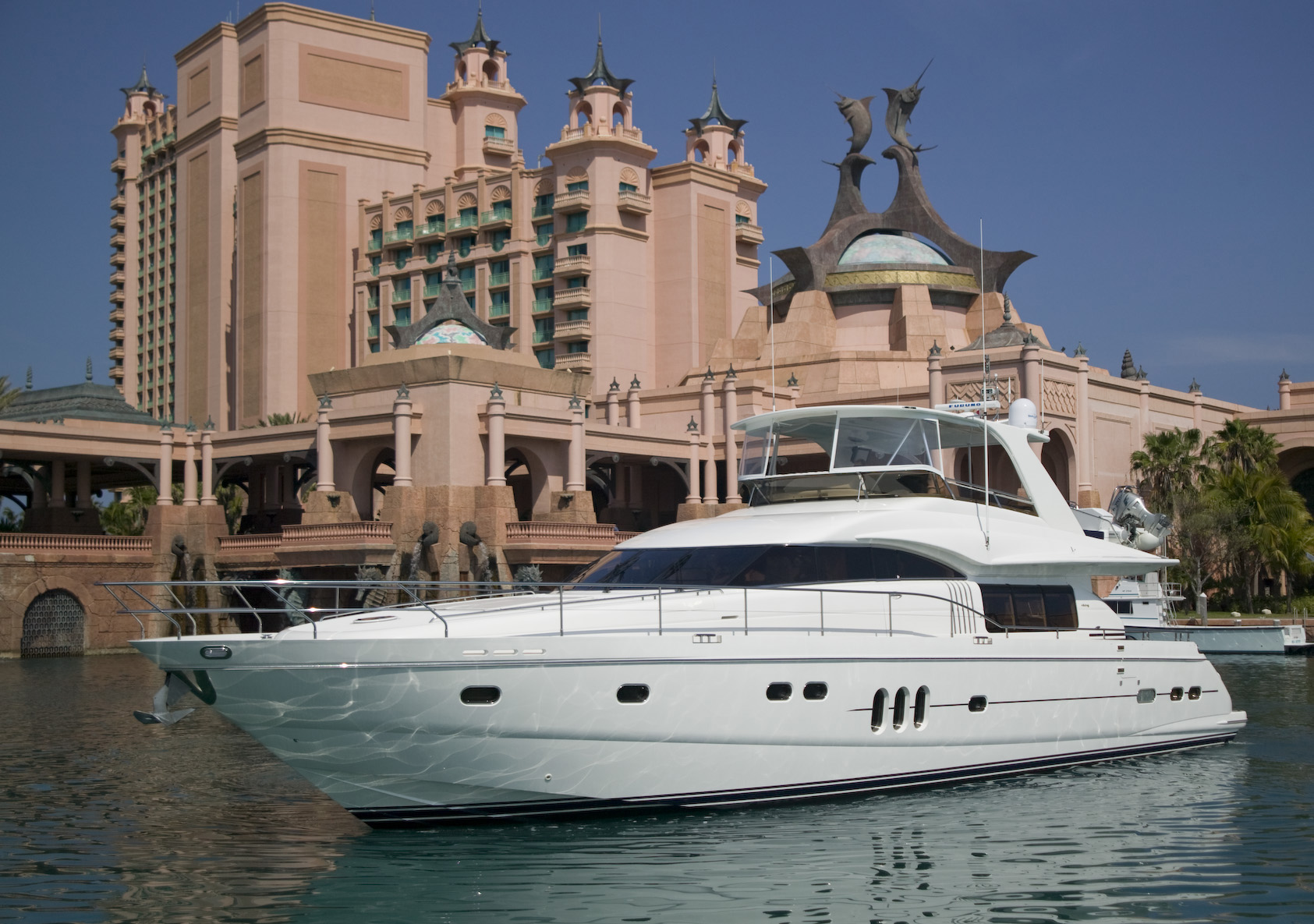
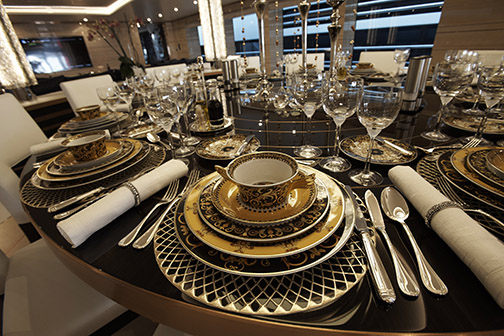
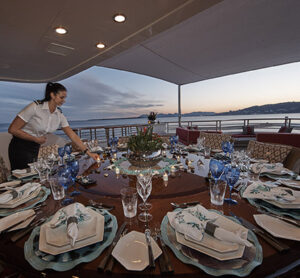
Marina design
What do the largest yachts want from a marina?
Owners and crew of the largest yachts seek a rare combination of seclusion and access. Many owners of the largest yachts depend on the vessel for seclusion, privacy and security. A setting that is both tranquil and beautiful with access to a private airport is exactly the kind of juxtaposition that holds appeal for the largest yachts.
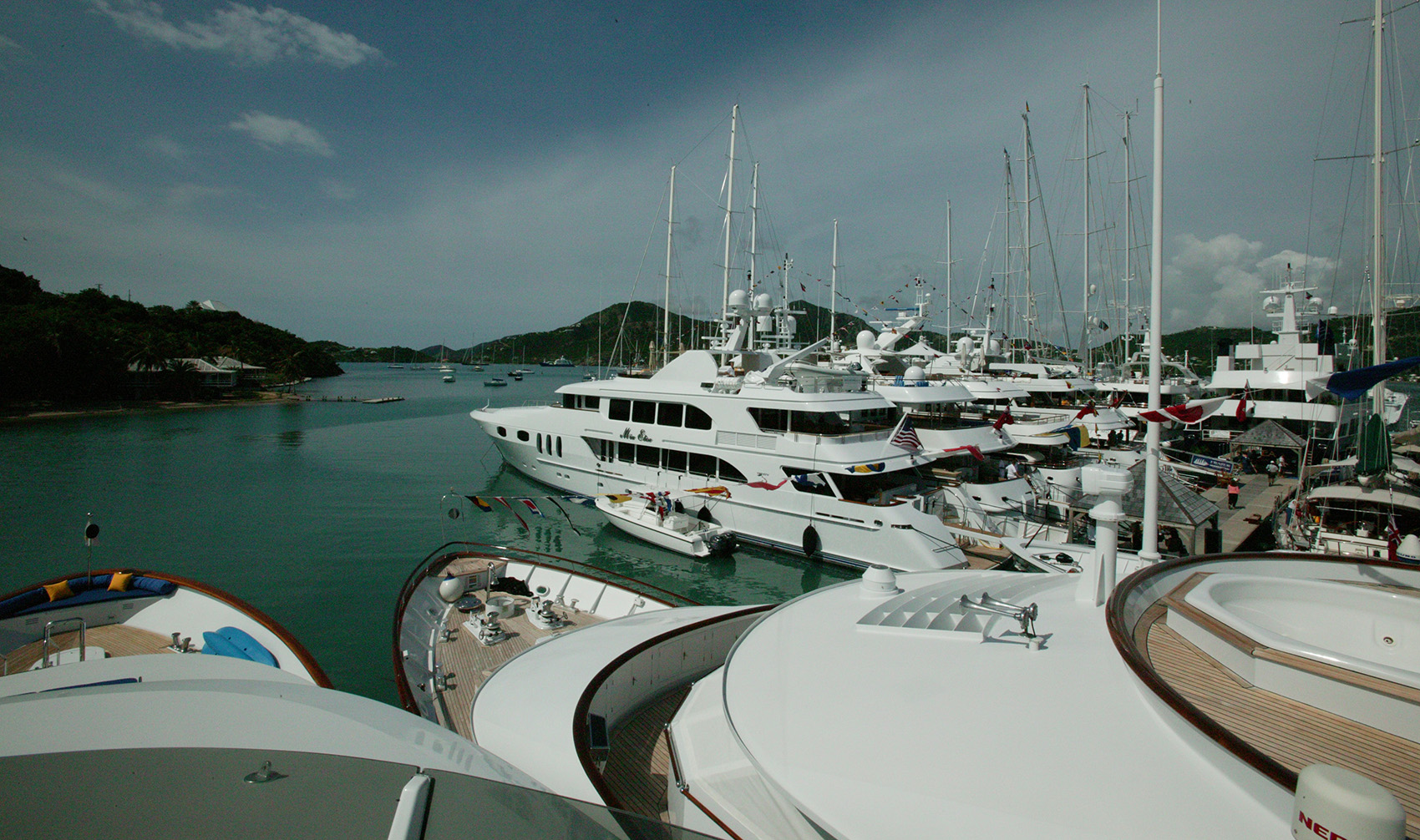
Adequate docking for walk-on access and a design that addresses concerns for safety, privacy and security are key components. An effective checklist for marina design includes the following considerations:
- Space between vessels to assure privacy
- Walk on access at dock. No necessity for tender
- Lack of accessibility for others: gated, keyed entries, minimal road access privacy
- Safe for crew, owner, and guests
- Security for the vessel – particularly during periods of watch
- ISPS in place
There are practical considerations for navigating and managing a yacht. The size of the largest vessels creates a list of requirements for safe navigation. Accessibility for the yacht to a sheltered mooring that provides weather protection contributes to the appeal; as do characteristics like:
- A deep draft (minimum of 15 feet)
- Well marked channels
- Accessibility at tides, minimal currents
- No arrival hour limitations
- Custom official services at port of entry
Nuances that make a marina preferred
Practical considerations aside, what are the nuances that make a marina a preferred destination?
The answer to that is as varied as the designs of megayachts and the personality and moods of their owners. There are three distinct categories of destination inclinations. The owners that pursue berths in areas known as places to “be seen” enjoy the play, party, shopping destinations. The owners who want isolation and a sport-filled experience select marinas in places renowned for diving, surfing and fishing. Some owners seek to avoid overcrowded harbours and head to the unknown. Those looking for a sense of adventure and exploration to supplement luxury include the yachts on their artic quest.
Beyond the checklists, every yacht owner is seeking a unique experience. The marina that: understands the luxury market; provides extraordinary service; and, personalizes each experience, is the model for future marina development.
Required services
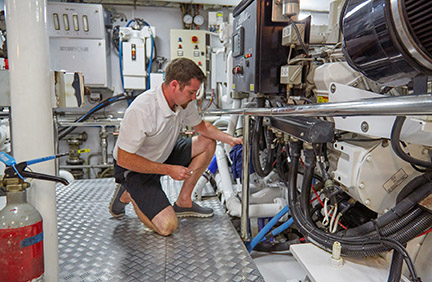
While owners and guests may have the luxury they seek aboard, the vessel still requires parts, fuel and chandlery services. The crew, accustomed to providing quality luxury service, look for an equivalent level of attention to detail and service from marina staff. They expect:
- At berth fueling – required fuel; high speed pumps
- Shore power – electricity without spikes; variety of voltages
- Waste removal – black and graywater pump-outs on arrival or at every berth
- Fresh food provisioning – delivery or transportation availability; ability to pre-order with delivery on arrival
- Transportation – to private or public airports; airports within the range of the helicopter aboard; courtesy vehicles for crew
- Banking – Wi-Fi on shore free
Between owner visits or charters, the vessel requires maintenance. In some cases, emergency repairs are critical while the owner is enjoying the destination. The best marinas have the competencies necessary to address repair needs without looking like a shipyard or industrial port. Design and setting work to camouflage the service delivery.
Services are required seven days a week and include:
- Travel lift
- Bottom cleaning, prop work, general repairs, painting
- Engine mechanics
- electricians and air systems servicemen
- craftsman (wood and bronze) available
- electronic and IT services
- vehicle rental and parking
- accommodations for crew
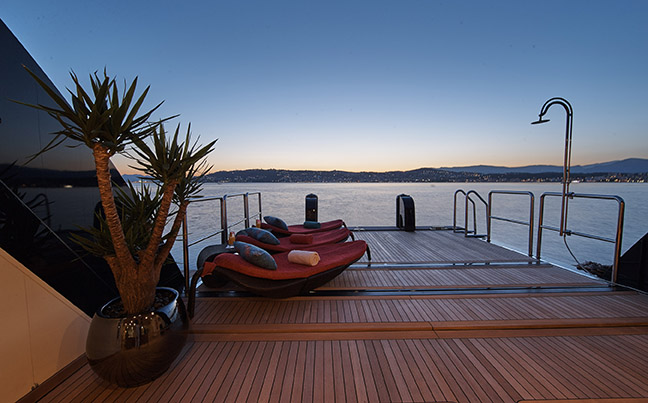
Destination marinas
In many locations, the largest of the megayachts were relegated to a commercial dock or anchored out. That was until the recent move towards establishment of destination marinas.
The destination marina trend is an effective way to provide more than just a ‘parking space’ for megayachts. They were intended to offer a full range of high calibre services while preserving the experience of an exclusive destination. The best of the marinas meet these challenges. []
- First published: November 1, 2016
- [PHOTOS COURTESY OF VECTRA]

* Rupert Connor is President of Vectra Holdings, a marine venture capital company with interests in professional yacht crewing (Luxury Yacht Group LLC), high quality uniforms (iDwear LLC) and marine logistics and supply (Vectra Marine Supply LLC). Offices in the USA, France, New Zealand and the UK.





